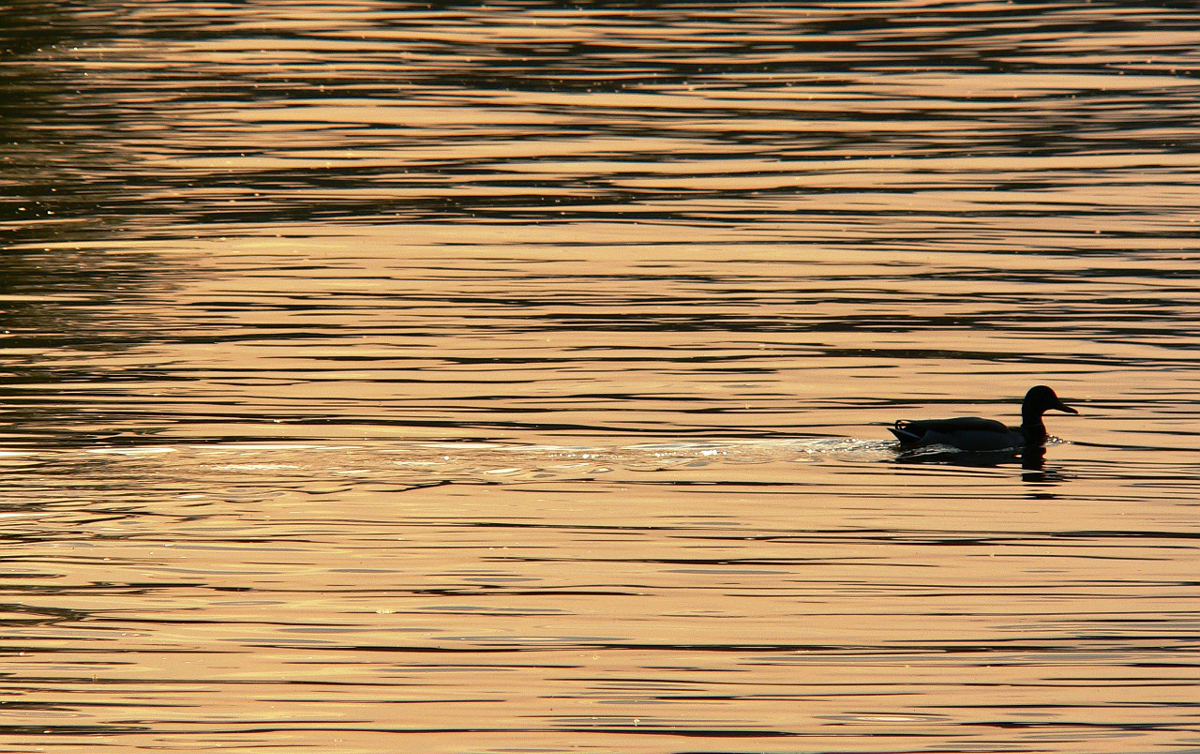 Interior announces grants for wetlands, waterfowl conservation, access to public lands
Interior announces grants for wetlands, waterfowl conservation, access to public lands
On Sept. 5, The Migratory Bird Conservation Commission, chaired by U.S. Secretary of the Interior Ryan Zinke, approved $23.8 million in grants for the U.S. Fish and Wildlife Service and its partners to conserve or restore almost 135,000 acres of wetland and associated upland habitats for waterfowl, shorebirds, and other birds in 17 states throughout the United States. The announcement was made by Deputy Secretary of the Interior David Bernhardt, who led the meeting on behalf of Secretary Zinke.
The grants, made through the North American Wetlands Conservation Act, will be matched by over $60 million in partner funds. NAWCA grants ensure waterfowl and other birds are protected throughout their lifecycles.
“These projects provide tens of thousands of acres of hunting, fishing and recreational access while strengthening important migration corridors and local economies,” said Bernhardt.
Wetlands provide many ecological, economic and social benefits such as habitat for fish, wildlife, and a variety of plants. NAWCA grants conserve bird populations and wetland habitats while supporting local economies and American traditions such as birdwatching, family farming, and cattle ranching. This year’s projects include the following:
—Maine Wetlands Conservation Initiative: $1 million to conserve 26,559 acres of wetlands for waterfowl, songbirds and other species in coastal Maine.
—Klamath Basin Wetlands III: $1 million to restore and enhance 12,038 acres of wetlands on a working cattle ranch and elsewhere in the Klamath Basin of Oregon and California, including wet meadows on a cattle ranch. Work will benefit northern pintails, sandhill cranes, and many other species.
—Texas Beaches to Bays: $1 million to permanently protect 5,369 acres of coastal prairie, coastal marsh, and other wetlands and uplands in the Texas Mid-Coast. The project will benefit mottled ducks, mallards, redheads, and other species.
The commission also heard a report on 37 small grants, which were approved by the North American Wetlands Conservation Council in February. Small grants are awarded for smaller projects up to $100,000 to encourage new grantees and partners to carry out smaller-scale conservation work. The commission has authorized the council to approve these projects up to a $5 million. This year, $3.4 million in grants were matched by $12.5 million in partner funds.
NAWCA is the only federal grant program dedicated solely to the conservation of wetland habitats for migratory birds. Since 1989, funding has advanced the conservation of wetland habitats and their wildlife in all 50 U.S. states, Canada, and Mexico while engaging more than 6,000 partners in over 2,800 projects. More information about the grant projects is available here.
The commission also approved more than $13.1 million from the Migratory Bird Conservation Fund to conserve 5,802 acres for six national wildlife refuges. These funds were raised largely through the sale of Federal Migratory Bird Hunting and Conservation Stamps, commonly known as “Duck Stamps.”
“The Duck Stamp program has been one of our most effective conservation tools for the last 80-plus years,” said Bernhardt. “These refuges and many others across the United States demonstrate how the millions of dollars that sportsmen and women contribute to the program add up to more wildlife and more places for all Americans to enjoy.”
Funds raised from the sale of Federal Duck Stamps goes toward the acquisition or lease of habitat for the National Wildlife Refuge System. Duck Stamps, while required by waterfowl hunters as an annual license, are also voluntarily purchased by birders, outdoor enthusiasts, and fans of national wildlife refuges who understand the value of preserving some of the most diverse and important wildlife habitats in our nation.
The following national wildlife refuges are approved for funding:
—Bayou Teche National Wildlife Refuge, Louisiana: $9,928,536.
—Blackwater National Wildlife Refuge, Maryland: $833,000.
—Chickasaw National Wildlife Refuge, Tennessee: $873,878.
—Erie National Wildlife Refuge, Pennsylvania : $215,000.
—Ouray National Wildlife Refuge, Utah: $34,300 (per year, lease).
—San Bernard National Wildlife Refuge, Texas: $1,255,500.
Since 1934, the Federal Duck Stamp Program and the Migratory Bird Conservation Fund have provided more than $1 billion for habitat conservation in the refuge system.
The Fish and Wildlife Service is responsible for managing 566 national wildlife refuges and 38 wetland management districts spanning 150 million acres across the National Wildlife Refuge System. Refuges offer world-class public recreation from wildlife observation to photography and environmental education. More than 53 million people visit refuges every year, creating economic boons for local communities.
The Migratory Bird Conservation Commission is chaired by the Secretary of the Interior. Its members include U.S. Sen. Martin Heinrich of New Mexico; U.S. Sen. John Boozman of Arkansas; Reps. Robert J. Wittman of Virginia and Mike Thompson of California; Secretary of Agriculture Sonny Perdue; and EPA Acting Administrator Andrew Wheeler. The commission has helped in conserving much of this nation’s most important waterfowl habitat and in establishing or enhancing many of our nation’s most popular destinations for waterfowl hunting.
Additional information about North American wetlands and waterfowl conservation can be found at fws.gov/birds, which offers waterfowl enthusiasts, biologists, and agency managers with the most up-to-date waterfowl habitat and population information.



